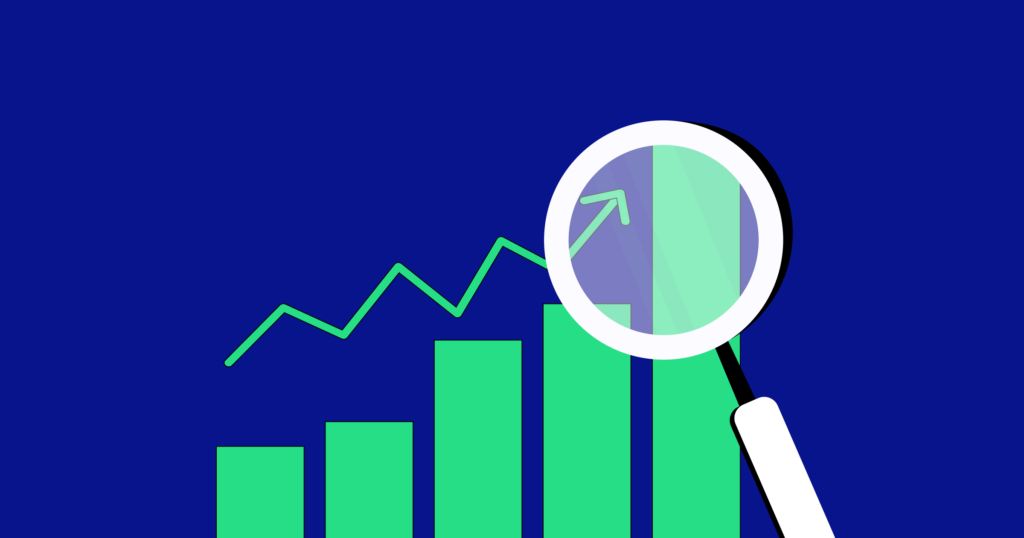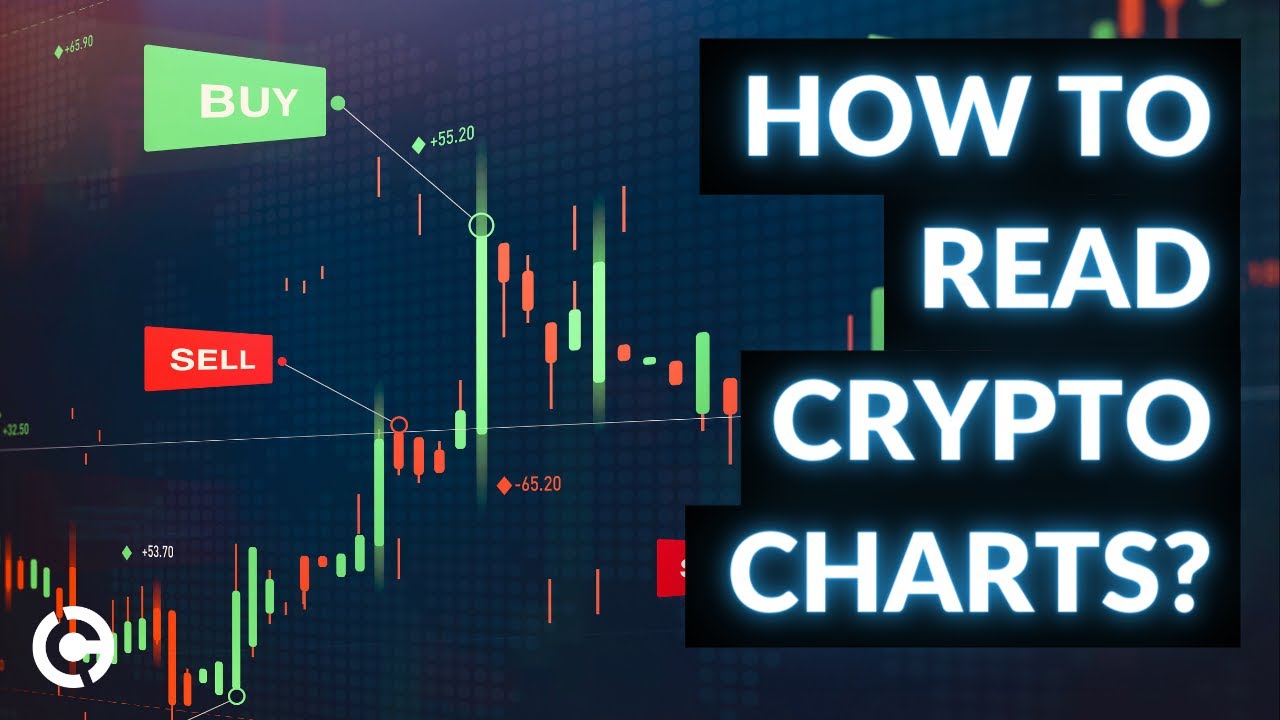Welcome to our comprehensive guide on how to read crypto charts. Cryptocurrency has become a prominent investment option in recent years, and understanding how to analyze crypto charts is crucial for making informed decisions in this volatile market. Whether a beginner or an experienced investor, this guide will give you the knowledge and tools to navigate crypto charts effectively.
Learning how to read crypto charts is valuable for anyone involved in the cryptocurrency market. You can make more informed trading decisions by understanding the basics, key concepts, chart patterns, technical indicators, and fundamental analysis. Remember to continuously learn, practice, and adapt your strategies to the ever-evolving crypto market. Happy chart analysis!
Table of Contents
- Understanding Crypto Charts: The Basics
- Key Concepts in Crypto Chart Analysis
- Types of Crypto Charts
- Reading Candlestick Charts: A Step-by-Step Guide
- Analyzing Chart Patterns for Price Predictions
- Utilizing Technical Indicators in Crypto Chart Analysis
- Fundamental Analysis for Crypto Charts
- Combining Multiple Indicators for Confident Trading
- Common Mistakes to Avoid in Crypto Chart Analysis
- Frequently Asked Questions (FAQs)
- What are the best resources to learn more about crypto chart analysis?
- How often should I analyze crypto charts?
- Can I apply crypto chart analysis to all cryptocurrencies?
- Are there any free tools available for crypto chart analysis?
- Is crypto chart analysis suitable for beginners?
- Are there any risks involved in crypto chart analysis?
Understanding Crypto Charts: The Basics
Crypto charts are visual representations of cryptocurrency price movements over time. They display valuable information such as price, volume, and market trends. To effectively read crypto charts, you must first familiarize yourself with some basic terms and concepts:
What is a Cryptocurrency?
A cryptocurrency is a digital or virtual currency that uses cryptography for security. It operates on a decentralized network known as the blockchain, making it immune to government interference and manipulation.
What are Crypto Charts?
Crypto charts present historical price data of cryptocurrencies in graphical form. They provide valuable insights into price trends, patterns, and market sentiment.
Why are Crypto Charts Important?
Analyzing crypto charts allows investors to identify market patterns, trends, and potential opportunities. It helps traders make informed decisions based on historical price movements and indicators.
Key Concepts in Crypto Chart Analysis
Before diving into the intricacies of reading crypto charts, it’s essential to understand some key concepts that will guide your analysis:
Support and Resistance Levels
Support and resistance are price levels where buying (support) or selling (resistance) pressure is expected to be strong. They help identify potential price reversals and significant price levels.
Trend Lines
Trend lines are drawn on a crypto chart to connect consecutive highs or lows. They provide insights into the market’s general direction and can help identify potential breakouts or reversals.
Moving Averages
Moving averages smooth out price data over a specific period, providing a more transparent overall trend. They help identify potential entry or exit points based on the interaction of different moving averages.
Types of Crypto Charts
Crypto charts come in various forms, offering unique insights into price movements. The most commonly used types are:
Line Charts
Line charts display the closing prices of cryptocurrencies over time, connecting the data points with a line. They provide a simple overview of price trends but need more detailed information.
Bar Charts
Bar charts present price data using vertical lines (bars). Each bar represents a specific time period and displays the opening, closing, high, and low prices. They offer more comprehensive information than line charts.
Candlestick Charts
Candlestick charts are similar to bar charts but use candlestick-shaped elements. They visually represent price ranges within a specific period, showcasing the relationship between opening, closing, high, and low prices.

Reading Candlestick Charts: A Step-by-Step Guide
Candlestick charts are widely used in crypto chart analysis because they convey detailed information in an easily understandable format. Here’s a step-by-step guide on how to read candlestick charts:
- Step 1: Understand Candlestick Components
Each candlestick has a body and two wicks (upper and lower shadows). The body represents the price range between the opening and closing prices, while the shadows indicate the high and low prices during the time period.
- Step 2: Identify Bullish and Bearish Candlesticks
Bullish candlesticks have a larger body than shadows, indicating upward price momentum. On the other hand, bearish candlesticks have a larger body relative to the shadows, signaling downward price momentum.
- Step 3: Interpret Candlestick Patterns
Candlestick patterns provide insights into potential market reversals or continuations. Common patterns include doji, hammer, engulfing, and shooting star. Understanding these patterns can help you make better trading decisions.
Analyzing Chart Patterns for Price Predictions
Chart patterns occur on crypto charts and can help predict future price movements. Here are some key chart patterns to watch out for:
Head and Shoulders
The head and shoulders pattern consists of three peaks, with the middle peak (head) being higher than the other two (shoulders). It indicates a potential trend reversal from bullish to bearish.
Double Bottom
The double bottom pattern is a bullish reversal pattern after a downtrend. It consists of two consecutive troughs, indicating a shift in market sentiment and a potential upward price movement.
Triangle Patterns
Triangle patterns can be symmetrical, ascending, or descending. They indicate periods of consolidation and can help predict potential breakouts or breakdowns.
Utilizing Technical Indicators in Crypto Chart Analysis
Technical indicators are mathematical calculations applied to crypto charts to identify potential trends and patterns. Here are some widely used technical indicators:
Relative Strength Index (RSI)
The RSI measures the speed and change of price movements. It oscillates between 0 and 100 and helps identify overbought and oversold conditions in the market.
Moving Average Convergence Divergence (MACD)
The MACD is a trend-following momentum indicator that shows the relationship between two moving averages. It helps identify potential buy and sell signals.
Bollinger Bands
Bollinger Bands consist of a simple moving average and two standard deviations. They help identify periods of high or low volatility and potential price reversals. Interpreting Volume and Market Depth
Volume and market depth are essential components of crypto charts that provide insights into market activity and liquidity. Here’s how to interpret them:
Volume
Volume represents the total number of shares or contracts traded during a given time period. High volume often accompanies significant price movements, indicating strong market participation.
Market Depth
Market depth illustrates the number of buy and sells orders at different price levels. It helps gauge the strength of support and resistance levels and identifies potential liquidity zones.
Fundamental Analysis for Crypto Charts
While technical analysis focuses on price movements, the fundamental analysis examines the underlying factors that influence the value of cryptocurrencies. Here are some key elements of fundamental analysis:
News and Events
News and events can significantly impact cryptocurrency prices. Stay updated with industry news, regulatory developments, partnerships, and technological advancements to make informed trading decisions.
Project Team and Whitepaper
Assess the credibility and expertise of the project team behind a cryptocurrency. Read the project’s whitepaper to understand its goals, technology, and potential for adoption.
Market Sentiment
Market sentiment refers to participants’ attitudes and emotions toward a particular cryptocurrency. It can influence price movements and should be considered alongside technical analysis.
Combining Multiple Indicators for Confident Trading
To enhance your trading decisions, consider combining multiple indicators and strategies. This approach, known as confluence, can increase the probability of accurate predictions. However, remember that no strategy is foolproof, and risk management is essential.
Common Mistakes to Avoid in Crypto Chart Analysis
When analyzing crypto charts, it’s essential to avoid common pitfalls that can lead to poor decision-making. Here are some mistakes to avoid:
- Overreliance on a Single Indicator: Relying solely on one indicator may lead to biased conclusions. Use a combination of indicators for a comprehensive analysis.
- Ignoring Risk Management: Proper risk management is crucial in cryptocurrency trading. Set stop-loss orders and define risk-reward ratios to protect your capital.
- Emotional Trading: Making impulsive decisions based on fear or greed can lead to significant losses. Stick to your trading plan and avoid emotional biases.
Frequently Asked Questions (FAQs)
What are the best resources to learn more about crypto chart analysis?
There are various online resources, including educational websites, forums, and YouTube channels, that provide valuable insights into crypto chart analysis. Additionally, reputable books on technical analysis can deepen your understanding.
How often should I analyze crypto charts?
The frequency of chart analysis depends on your trading style and goals. Swing traders may analyze charts daily or weekly, while day traders may do so several times daily. Long-term investors may opt for less frequent analysis.
Can I apply crypto chart analysis to all cryptocurrencies?
A: Crypto chart analysis can be applied to any cryptocurrency with sufficient trading volume and historical data. However, remember that each cryptocurrency may have unique market dynamics and price factors.
Are there any free tools available for crypto chart analysis?
A: Yes, several free charting platforms and tools offer comprehensive features for analyzing crypto charts. Some popular options include TradingView, Coinigy, and CryptoCompare.
Is crypto chart analysis suitable for beginners?
Beginners can learn and apply crypto chart analysis with proper guidance and practice. Start with the basics and gradually explore advanced concepts and strategies.
Are there any risks involved in crypto chart analysis?
Like any investment activity, there are risks associated with crypto chart analysis. Price movements in cryptocurrency markets can be highly volatile, and analysis alone does not guarantee profits. It’s essential to assess and manage risks effectively.




